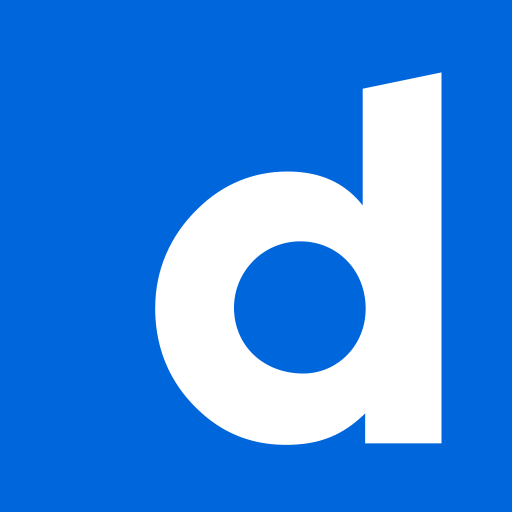In the evolving world of artificial intelligence, one of the most fascinating developments is the rise of tools designed to help with writing, creativity, and communication. Among these, the concept of DraftwithAI metaphor stands out as a powerful way to describe how AI-driven drafting tools work. At its core, the metaphor illustrates how artificial intelligence can act not just as a machine that processes text, but as a collaborative partner, a mirror of thought, and a guide in the journey of writing. To understand this better, it is important to look at what the metaphor signifies, how it shapes our understanding of AI in writing, and why it has become such a valuable concept in the digital age.
What Is the DraftwithAI Metaphor?
The draftwithAI metaphor compares the act of using AI for writing to human-like creative processes. Instead of seeing the tool as a rigid program, the metaphor frames it as something more intuitive, almost like a co-writer who helps refine ideas, structure content, and polish language. Just as metaphors in literature provide deeper meaning beyond literal interpretation, the draftwithAI metaphor emphasizes that AI drafting is more than automation—it is collaboration.
For instance, when a writer struggles to articulate a complex idea, AI can suggest a clearer phrasing, much like a trusted editor whispering advice. When the mind feels stuck at the beginning of a project, AI can generate starting points, akin to a brainstorming partner tossing ideas into the mix. This metaphorical view transforms AI from a cold machine into a bridge between human creativity and efficiency.
The Mirror Metaphor: AI as Reflection of Thought
If someone inputs vague ideas, the AI will generate broad suggestions. If the input is detailed and sharp, the AI’s output is more precise and aligned.
This reflection metaphor is crucial because it reminds us that AI drafting tools do not create in isolation—they amplify and reshape what is provided to them. They mirror the writer’s intent but add layers of clarity, coherence, and sometimes even inspiration. This dual role of reflection and enhancement captures the beauty of the metaphor: AI does not replace human thought, but it refracts it into more polished forms.
The Bridge Metaphor: Connecting Ideas and Expression
Another element of the draftwithAI metaphor is that AI functions as a bridge. Many writers have ideas but struggle to put them into structured sentences. Others may draft strong beginnings but falter when maintaining flow across an entire piece. AI can bridge this gap, moving a writer smoothly from scattered thoughts to organized content.
Think of a writer standing on one side of a river, holding ideas, while the final polished draft sits on the opposite bank.
The Partner Metaphor: AI as Co-Writer
The draftwithAI metaphor also emphasizes partnership. Unlike traditional tools like a dictionary or grammar checker, AI actively engages with the user. It offers suggestions, asks for clarification through its responses, and adapts based on input. This dynamic relationship is much like having a writing partner sitting beside you.
Partnership here does not mean equality—AI cannot replicate lived experiences, emotions, or nuanced cultural understanding. However, it can function as a supportive collaborator, freeing the writer from mechanical tasks like sentence restructuring or reformatting, and allowing more time to focus on creativity and originality.
Why the DraftwithAI Metaphor Matters
Metaphors shape how we think. By framing AI drafting as a mirror, bridge, or partner, we humanize the technology and highlight its role in creativity. This matters because people often fear that AI will strip away originality or replace human voices. The metaphor clarifies that AI is not a substitute but a companion—a tool that magnifies human capability rather than diminishing it.
It also encourages ethical awareness. If we see AI as a partner, we recognize the responsibility to guide it properly, to fact-check its output, and to maintain authenticity in writing. The metaphor helps balance enthusiasm for innovation with accountability in its use.
The Broader Implications
The draftwithAI metaphor extends beyond writing alone. It can apply to how AI is used in other creative industries—design, music, filmmaking, and even coding. In each case, AI becomes not just a machine but a collaborator that assists in turning raw ideas into finished products. This perspective inspires confidence and curiosity about the future of human-AI interaction.
For educators, the metaphor serves as a teaching tool, helping students understand that AI is not about cutting corners but about learning new ways to express knowledge. For businesses, it emphasizes efficiency without devaluing human insight. For individual creators, it suggests freedom from writer’s block and entry into a new era of experimentation.
Conclusion
The draftwithAI metaphor captures the essence of intelligent drafting tools in a way that is both practical and poetic. It shows AI as a mirror reflecting our ideas, a bridge connecting thought to expression, and a partner supporting creativity. By embracing this metaphor, writers and creators can see AI not as competition but as collaboration—an extension of human thought into digital form.
In the end, the metaphor reminds us of a simple truth: while technology may provide the drafts, it is human vision, imagination, and voice that give writing its soul. The AI may help craft the words, but meaning always belongs to the writer.










Leave a Reply